With the threat of antibiotic resistance looming, researchers at Cardiff University are turning to old remedies like honey for inspiration.
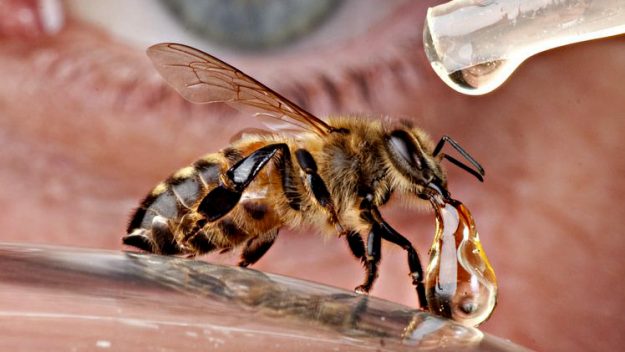
Pharmacologists at Cardiff University have discovered new antibacterial compounds to employ in the fight against hospital superbugs such as MRSA. They gathered honeys from all over the UK to assess their effectiveness in killing bacteria.
Having placed a drop of each honey into different dishes containing MRSA, they returned to find that one in particular had wiped out a large zone of bacteria.
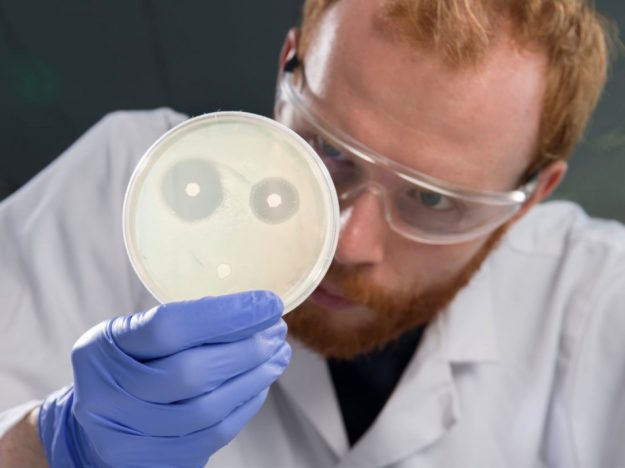
“Honey was used to treat wounds in Egypt as early as 1500 BC,” says Justine Jenkins, Research and Engagement Manager at Cardiff University’s School of Pharmaceutical Sciences. “We’ve gone full circle, back to realising how useful and important it is.”
The researchers proposed that honey’s ability to kill bacteria is determined by which species of plant bees extract nectar from. By looking at the makeup of the high-performance ‘super honey’ they have discovered a number of new antibacterial compounds.

The findings are encouraging amid the growing threat that antibacterial resistance poses to public health.
“By 2050 the World Health Organisation think that more people will die of infection than cancer,” says Rhys Thomas, a Research and Engagement Assistant at Cardiff University. “We could be heading for a post-antibiotic era, in which common infections and minor injuries can once again kill.”
Bacteria evolve quicker than higher organisms, the makeup of future generations can change in ways that neutralise antibiotics. When antibiotics are used, bacteria that have developed resistance survive and go on to reproduce. This antibiotic resistance evolves naturally, but misuse of antibiotics in humans and animals is accelerating the process.
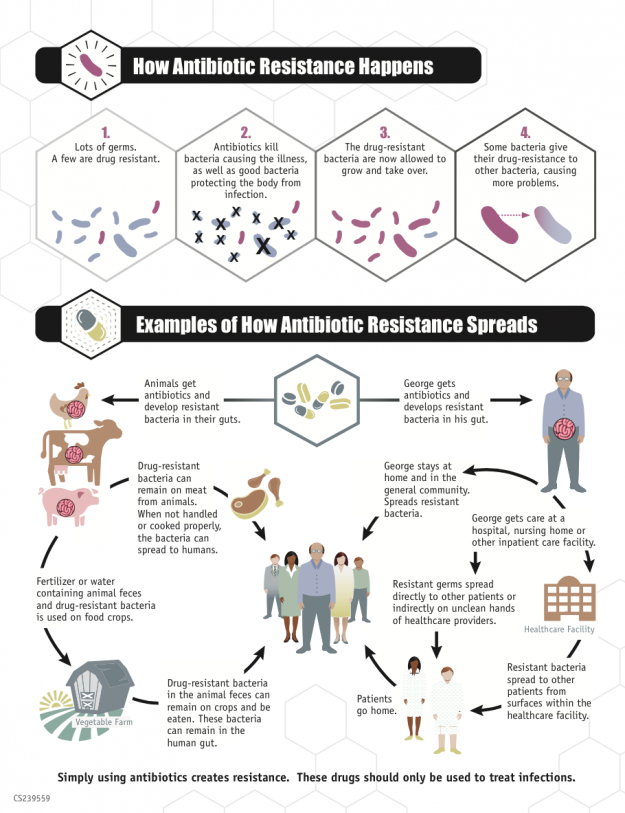
“70% of the antibiotics used in the UK go into the farming sector. Which is ridiculous, it really is ridiculous,” says Jenkins. “In places like India it’s even worse. They use antibiotics like hand-washing, they use it instead of promoting hygiene and sanitation.”
However, even as existing antibiotics become ineffective, the team in Cardiff is unlikely to be able to use the antibacterial compounds they have discovered to make new drugs.
“It comes down to money and the nature of the pharmaceutical industry,” says Thomas. “It can take 10 years from start to finish, and by the time you’ve reached that point the bug will become resistant.”
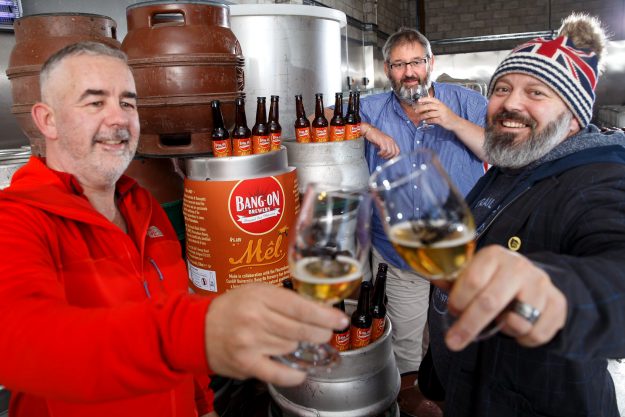
These days bringing a new drug to market takes hundreds of millions, if not billions of pounds. Therefore the financial incentive for developing a drug with a limited lifespan like antibiotics just isn’t there.
“Many of the drugs we use these days just wouldn’t make it through to market if they were discovered now,” says Jenkins. “Paracetamol for one wouldn’t reach product development. This is why we’re looking at natural remedies, it’s a cheap way of working around the problem.”
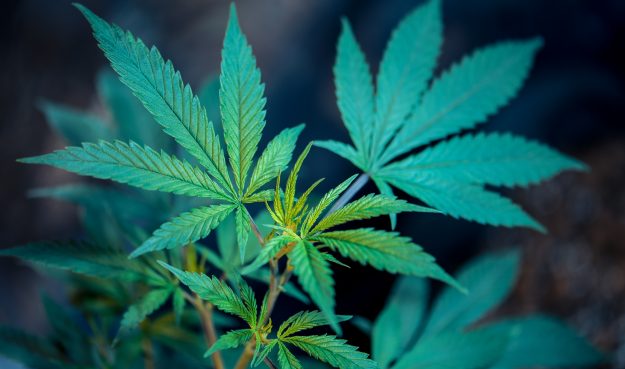
Obtaining treatments directly from nature is not new. Aspirin stems from the willow plant, one of the main chemotherapy drugs comes from the yew tree and daffodils are being planted to the North East of Newport to yield treatments for Alzheimer’s.
“Contrary to popular belief drugs aren’t unnatural. Everything comes from a natural product, everything,” says Jenkins. “Somewhere along the line someone’s taken something natural, isolated the most effective part and manufactured it. That’s what drugs are and that’s what we do here.”
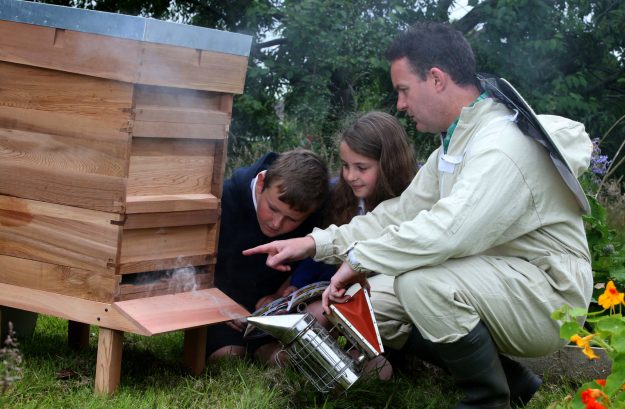
The ‘Pharmabees’ project has taught nine schools about bees and helped install four beehives across Cardiff. Right now the barriers are too great for the Cardiff team to use the new antibacterial compounds to develop an antibiotic.
However, the researchers have won an award for a new concept using inhalers to inject honey-coated particles into patients’ lungs to treat infections. Continued research in collaboration with the German Navy may open up even more avenues.
Thomas says, “You never know. It could be like when Alexander Fleming first discovered penicillin on the windowsill. A moment like that. In the end it could just be pure luck.”
